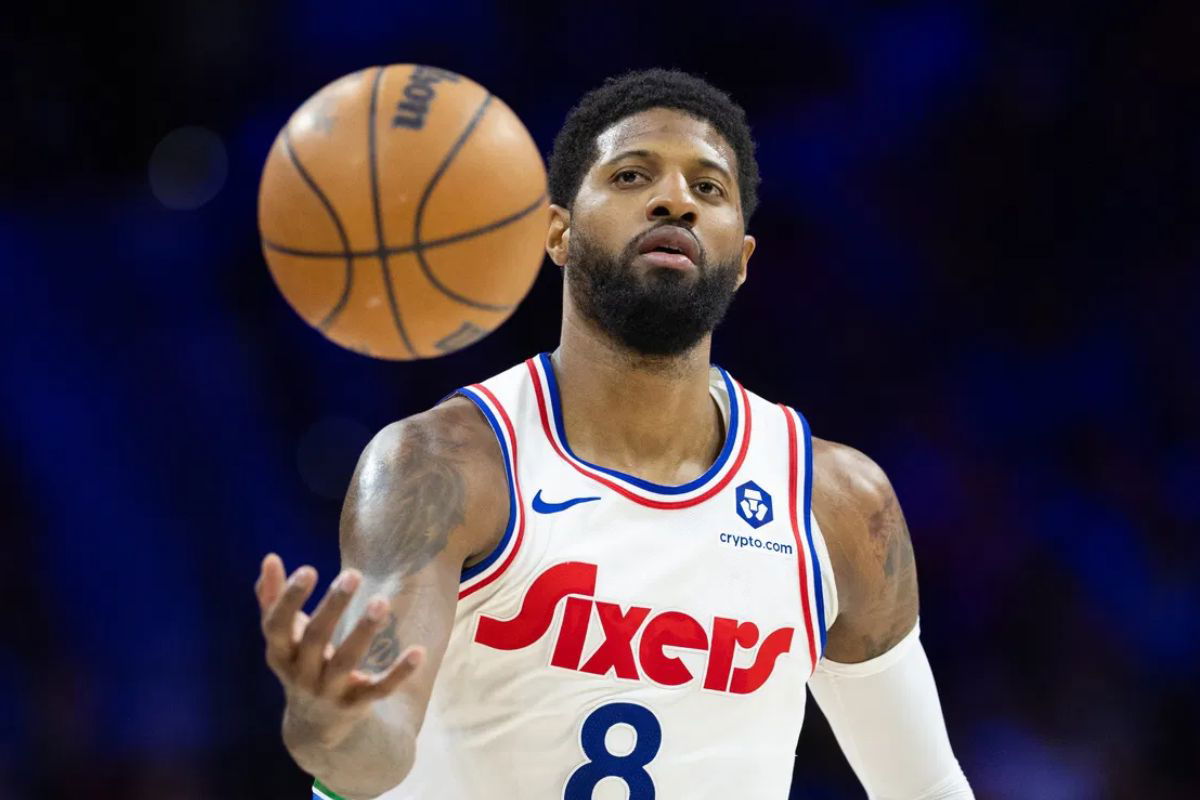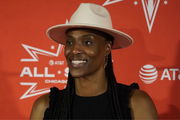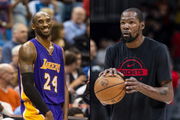
Imago
Mar 1, 2025; Philadelphia, Pennsylvania, USA; Philadelphia 76ers forward Paul George (8) catches a ball against the Golden State Warriors during the third quarter at Wells Fargo Center. Mandatory Credit: Bill Streicher-Imagn Images

Imago
Mar 1, 2025; Philadelphia, Pennsylvania, USA; Philadelphia 76ers forward Paul George (8) catches a ball against the Golden State Warriors during the third quarter at Wells Fargo Center. Mandatory Credit: Bill Streicher-Imagn Images
Have you noticed how the NBA feels different lately? The MVP’s are all international stars – Shai, Jokić, Giannis, Embiid – seven straight years of dominance. Even the All-NBA teams are packed with global talent. It’s not just a trend anymore; it’s a full-blown takeover. You gotta wonder: what’s happening to the American pipeline that once ruled the game? The whispers about development gaps are getting louder by the season.
Watch What’s Trending Now!
Then, Paul George sits down on his PodcastP and drops some serious truth bombs about why this shift is happening. He didn’t just scratch the surface; he went deep into the roots of the problem, comparing his own eye-opening experiences overseas to the messy reality of youth hoops back home. His concern wasn’t just stats-deep – it felt like a genuine alarm bell for the future of American basketball. Get ready for some uncomfortable revelations.
Breaking it down, PG pinpointed the core difference: structure vs. chaos. “Internationally… we’re not playing six games a week. Like we’re playing two games and then we’re practicing. Like we’re learning how to play basketball,” George revealed. He contrasted this with the AAU grind in the US, highlighting the lack of accountability overseas: “No one’s kissing your ass over there… if you mess up, you’re going to get cussed out.”
ADVERTISEMENT
More crucially, international prospects face grown men early: “We’re playing against men super early… It helped me mature a lot earlier.” This rigorous, practice-heavy, no-nonsense environment, he argued, forges fundamentally sound players ready for pro ball.

Imago
Jan 1, 2025; Sacramento, California, USA; Philadelphia 76ers forward Paul George (8) reacts after a play during the second quarter against the Sacramento Kings at Golden 1 Center. Mandatory Credit: Sergio Estrada-Imagn Images
The stats back PG’s unease hard. A record 125 international players from 43 countries filled opening-night rosters last season. Commissioner Adam Silver himself noted “close to 30% of the league” is foreign-born, attributing it directly to development differences: “more of a focus on practice less of a focus on games… the opposite of many… youth programs in the United States.” The European model? A disciplined 4 practices for every 2 games. The American AAU nightmare?
ADVERTISEMENT
A staggering 6 games for every 1 practice. This isn’t a gap; it’s a canyon. Kobe Bryant famously called AAU ball “horrible, terrible… stupid” for neglecting fundamentals. PG sees a system failing its kids, prioritizing exposure and wins over actual growth. His solution? A radical rethink.
George’s concern isn’t just critique; it’s a call to action. He sees the European club system – where teens play for academy teams linked to pro clubs, moving up based solely on merit – as the blueprint. “I do [think America should adopt that model],” he stated plainly. But how? The truth behind the NBA’s “major issue” runs deeper than just talent – it’s a systemic failure in building it.
ADVERTISEMENT
Why the international model crushes AAU
The heart of the problem? Development vs. Delusion. International clubs focus laser-like on skill-building within a structured hierarchy. Franz Wagner explained leaving home at 14-15 for elite academies with top coaches and competition. There’s no “high school basketball” as Americans know it – just club ball progressing from U14 leagues to senior teams. Crucially, “it doesn’t matter how old you are. If you’re good enough, you can always move up,” George emphasized.
Imagine a 16-year-old dominating the G-League like Luka did EuroLeague. This constant challenge against older, stronger players forces rapid maturity and refined skill, not just relying on athleticism against peers.
ADVERTISEMENT
This breeds accountability and fundamentals AAU lacks. PG noted the absence of coddling overseas – mistakes get harsh feedback, teaching resilience. Scouts confirm European hoops prioritizes “collective play… moving the ball well,” while American youth leans on “individual actions… athleticism.” Training reflects this: endless small-sided games teaching players to “read and react,” not just run iso plays. AAU, meanwhile, traps kids in an “exposure trap” – hopping teams for visibility, chasing rankings over mastery, prioritizing weekend tournament wins Tuesday skill sessions. Loyalty and system continuity are rare.
Top Stories
Unrivaled Owner Breanna Stewart Confirms Stance on Project B & Clearly Distinguishes the Two Leagues

Congratulations Pour In for WNBA HoF Sylvia Fowles After Reported Portland Fire Decision

Did Zion Williamson Slide Into Sydney Sweeney’s DMs? Fact Checking the Viral Screenshot

Kevin Durant Confesses Greatest Business Regret That Ended Up Making Kobe Bryant $400 M

Fever Star Sophie Cunningham Announces Career Intentions Outside WNBA After Interest From $8.37B Company

The results speak for themselves. Beyond the MVP streak, international players hold every major defensive award since 2017. Six made All-NBA teams recently. It’s a talent tsunami built on better foundations. Paul George sees it clearly: until America flips the script – less games, more drills; less ego, more grit; less AAU chaos, more club cohesion – the red, white, and blue will keep playing catch-up. The future depends on learning from the rivals dominating the present.
ADVERTISEMENT
ADVERTISEMENT
ADVERTISEMENT

